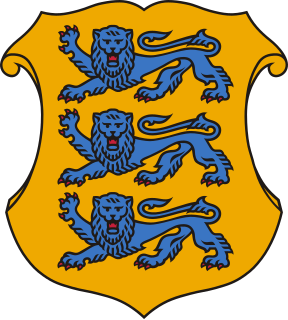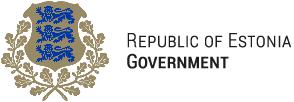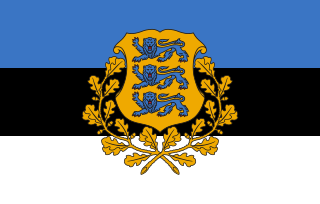
Referendums in the United Kingdom are occasionally held at a national, regional or local level. National referendums can be permitted by an Act of Parliament and regulated through the Political Parties, Elections and Referendums Act 2000, but they are by tradition extremely rare due to the principle of parliamentary sovereignty meaning that they cannot be constitutionally binding on either the Government or Parliament, although they usually have a persuasive political effect.

The United Kingdom European Communities membership referendum, also known variously as the Referendum on the European Community , the Common Market referendum and EEC membership referendum, took place under the provisions of the Referendum Act 1975 on 5 June 1975 in the United Kingdom to gauge support for the country's continued membership of the European Communities (EC) — often known at the time as the ‘European Community’ and the ’Common Market’ — which it had entered two and a half years earlier on 1 January 1973 under the Conservative government of Edward Heath. Labour's manifesto for the October 1974 general election had promised that the people would decide ’through the ballot box’ whether to remain in the EC.

Euroscepticism, i.e. the opposition to policies of supranational European Union institutions and/or opposition to Britain's membership of the European Union, has been a significant element in the politics of the United Kingdom (UK). A Eurobarometer survey of EU citizens in 2009 showed that support for membership of the EU was lowest in the United Kingdom, alongside Latvia and Hungary.
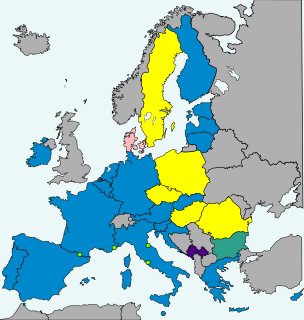
Sweden does not currently use the euro as its currency and has no plans to replace the krona in the near future. Sweden's Treaty of Accession of 1994 made it subject to the Treaty of Maastricht, which obliges states to join the eurozone once they meet the necessary conditions. Sweden maintains that joining the ERM II is voluntary, and has chosen to remain outside pending public approval by a referendum, thereby intentionally avoiding the fulfilment of the adoption requirements.

Welsh independence is a political ideal advocated by some political parties, advocacy groups, and people in Wales that would see Wales secede from the United Kingdom and become an independent sovereign state. This ideology is promoted mainly by the Welsh nationalist party, Plaid Cymru and the non-party YesCymru campaign.
Events from the year 2003 in the European Union.

A referendum on European Union membership was held in Latvia on 20 September 2003. Latvia was the last of the states which would join the EU in 2004 to hold a referendum on the issue. Just over two-thirds of voters voted Yes and Latvia joined the EU on 1 May 2004.

The 2003 Lithuanian European Union referendum took place from 10 May to 11 May 2003 to decide whether Lithuania should join the European Union (EU). Over 90% of those who voted supported membership and Lithuania joined the EU on 1 May 2004.

A referendum on European Union membership was held in Malta on 8 March 2003. A narrow majority voted in favour of joining but the opposition Labour Party rejected the results. The victory of the Nationalist Party in the 2003 general election confirmed the result of the referendum and Malta joined the EU on 1 May 2004.
A referendum on joining the European Union was held in Hungary on 12 April 2003. The proposal was approved by 83.8% of voters, with a voter turnout of 45.6%. Hungary subsequently joined the EU on 1 May 2004.
Five referendums were held in Switzerland during 2005. The first two were held on 5 June on Switzerland joining the Schengen Area and whether registered partnerships for same-sex couples should be introduced. Both questions were approved. The third was held on 25 September on a federal resolution on extending the agreement on free movement of people to new members of the European Union, and was also approved. The final two were held on 27 November on a popular initiative "for food from an agriculture free of genetic modification" and on a labour law related to the opening times of shops in public transport hubs. Both were approved.

A referendum on Scottish independence from the United Kingdom took place on Thursday 18 September 2014. The referendum question was "Should Scotland be an independent country?", which voters answered with "Yes" or "No". The "No" side won, with 2,001,926 (55.3%) voting against independence and 1,617,989 (44.7%) voting in favour. The turnout of 84.6% was the highest recorded for an election or referendum in the United Kingdom since the introduction of universal suffrage.
The People's Pledge was a political campaign to secure a referendum on the United Kingdom's membership of the European Union. It aimed to achieve this by asking voters to sign a pledge that they would use their vote to help secure a majority of Members of Parliament (MPs) in support of an in-out referendum on EU membership. The 1975 European Communities membership referendum was the last time such a vote had occurred in Britain.

The United Kingdom European Union membership referendum, also known as the EU referendum and the Brexit referendum, took place on 23 June 2016 in the United Kingdom (UK) and Gibraltar to ask the electorate if the country should remain a member of, or leave the European Union (EU), under the provisions of the European Union Referendum Act 2015 and also the Political Parties, Elections and Referendums Act 2000. The referendum resulted in 51.9% of votes being in favour of leaving the EU. Although legally the referendum was non-binding, the government of that time had promised to implement the result, and it initiated the official EU withdrawal process on 29 March 2017, meaning that the UK was due to leave the EU before 11PM on 29 March 2019, UK time, when the two-year period for Brexit negotiations expired.
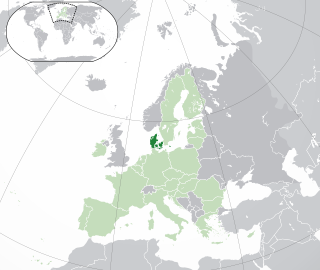
Denmark in the European Union refers to the historical and current issues of Denmark's membership in the European Union. Denmark has a permanent representation to the European Union led by ambassador Jeppe Tranholm-Mikkelsen, in Brussels. The current Foreign Minister and Minister for European Affairs is Anders Samuelsen.

The European Union Referendum Act 2015(c. 36) is an Act of the Parliament of the United Kingdom that made legal provision for a pre-legislative advisory referendum to be held in the United Kingdom and Gibraltar, on whether it should remain a member state of the European Union or leave it. The bill was introduced to the House of Commons by Philip Hammond, Foreign Secretary on 28 May 2015. Two weeks later, the second reading of the Act was supported by MPs from all parties expect the SNP; the Act subsequently passed on its third reading in the Commons on 7 September 2015 and was approved by the House of Lords on 14 December 2015, and given Royal Assent on 17 December 2015 and came partly into force on the same day and came into full legal force on 1 February 2016.

The referendum on EU membership took place on 23 June 2016. Opinion polling for the United Kingdom European Union membership referendum was ongoing in the months between the announcement of a referendum and the referendum polling day. Polls on the general principle of Britain's membership of the European Union were carried out for a number of years prior to the referendum. Opinion polls of voters in general tended to show roughly equal proportions in favour of remaining and leaving. Polls of business leaders, scientists, and lawyers showed majorities in favour of remaining. Among non-British citizens in other EU member states, polling suggested that a majority were in favour of the UK remaining in the EU in principle, but that a similarly sized majority believed that if the UK were only able to remain in the EU on renegotiated terms then it should leave.

The Scottish Government has proposed holding a second referendum on Scottish independence from the United Kingdom (UK). In March 2017, the Scottish Parliament authorised the Scottish Government to request a transfer of powers from the UK Parliament to hold a referendum, but the UK Parliament and Government has not agreed to this request to date. Scotland is one of the four countries of the UK. It has representation in the UK Parliament and the devolved Scottish Parliament has control over some internal matters.
This page lists public opinion polls that have been conducted in relation to the issue of Scottish independence. A referendum on the subject was held on 18 September 2014.

Since the foundation of the European Communities, the United Kingdom has been an important neighbour and is currently a major member, until its withdrawal.




